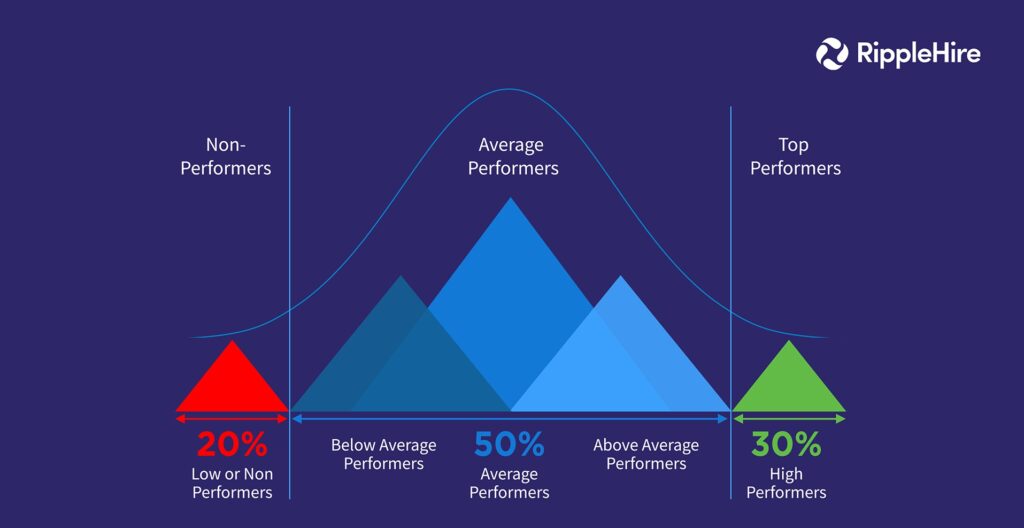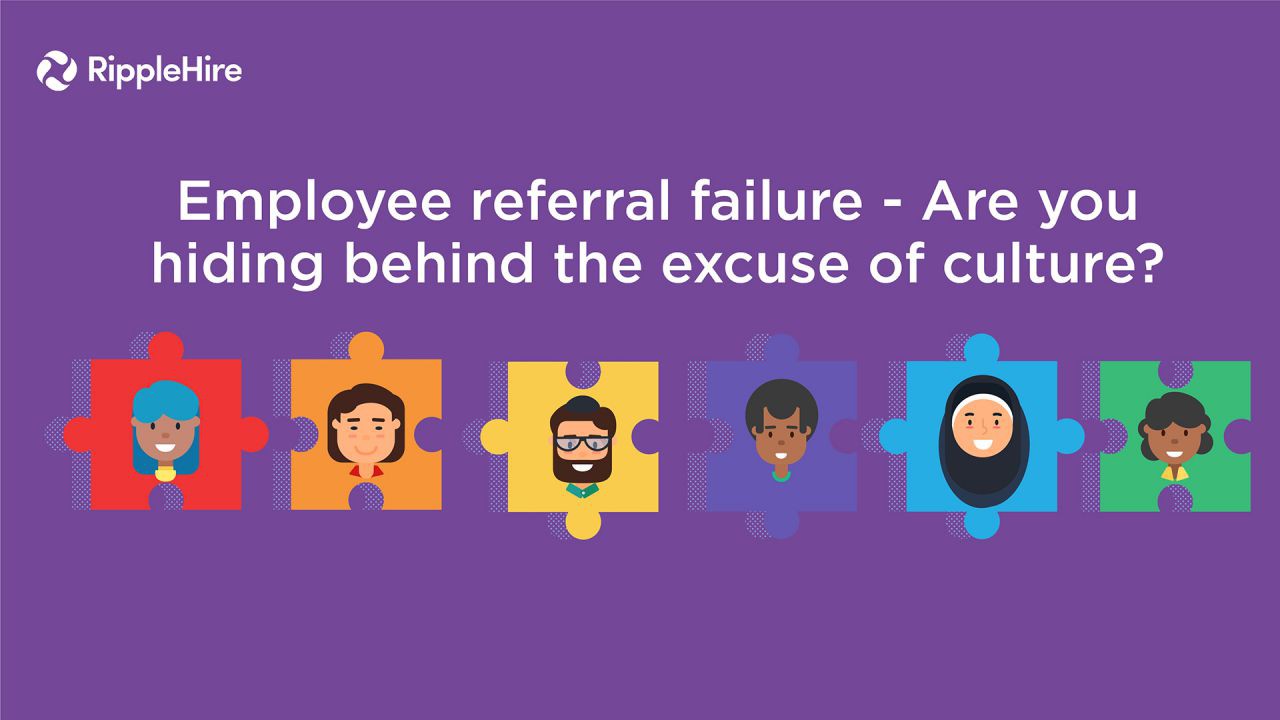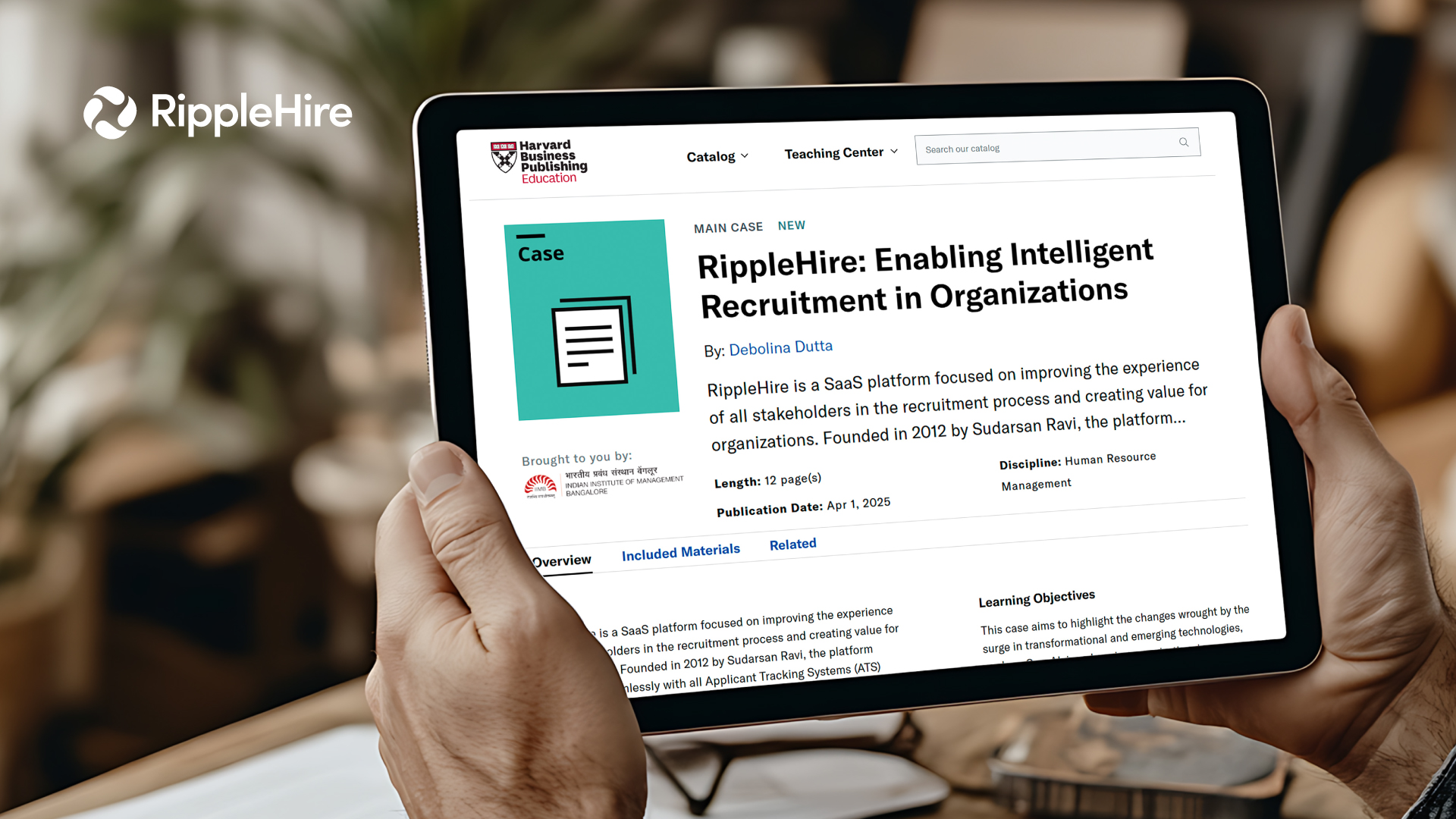Is culture a big excuse you’re using to explain the failure of your employee referral program? Don’t get me wrong. It’s a fair assumption to say that organization with a bad culture will not recommend their friends to join them.
However, the failure of your referral program is threefold. It’s a little more nuanced than culture.
Let’s say your organization has 1000 employees. And you typically hire 200-300 new joiners a year. If you look at the bell curve of your organization at least 30% of the people are outperforming. This means their performance is outstanding or at least better than the average performers. And there are another 50% of people who tend to be average performers; and 20% people who don’t necessarily ace it at the organization.

What is clear from the above example is, regardless of whether you have a good culture or not, the number of employees who should be engaged to contribute should anywhere be between 30% to 80%. So, if your organization has a good culture then you can claim that 80% of your employees would want their referrers to come and join them. While an organization with a poor culture should still have 30% of its workforce contributing. Reasons being people are happy, are well recognized, and credited with excellent ratings resulting in a good performance.
Overall, this means that in a 1000 employee organization that is hiring 200 people, 300 of those should be aligned to contributing to the referral program. And if 300 employees contribute it’s not too much to expect one person to give you one good referral in a year given that these are performing folks. Ideally, it should not be a challenge for your to close 100 out of 200 positions if 30 percent of your workforce is contributing.
Strong company culture is important for your organization’s longevity and business success. But, it is not the larger problem in your referral program. The larger problem is that people are either not aware of the program or there is no way in which HR / TA can consistently communicate with the specific target groups of people.
Let’s go back to the bell curve. Look at the 30 percent of performers. Are they aware of your referral program? Do they contribute to the right roles at the right time?
If your answer is ‘no’ then that is your biggest problem. Lack of awareness and segmentation are the largest problems your organization is facing. Oftentimes this problem is misdiagnosed and not addressed correctly leading to chaos in your referral program.
It is significant to understand the problems in your referral program to solve them. If you have the time and are looking for a good resource to understand the problems in employee referral programs and solutions to solve them, do visit our blog section here.
Culture does play a role. If you are communicating and engaging with the right people to contribute to your job demands, there is no reason why your organization should not be at 30 percent of the contribution to the source mix.






